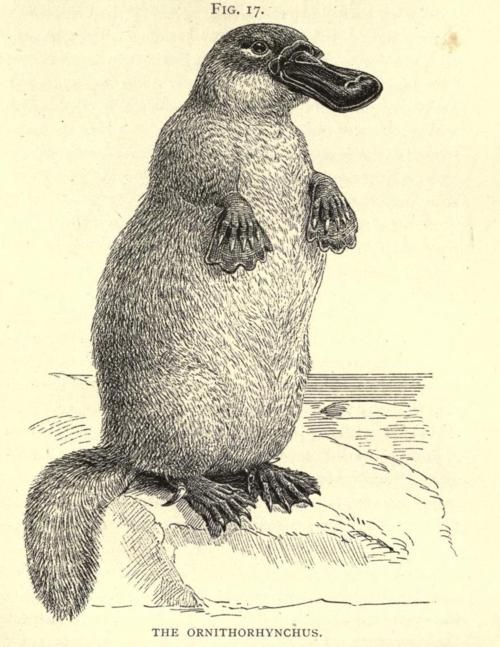library(swirl)
install_course_github("jsgosnell", "JSG_swirl_lessons")More ANOVAs
Dealing with multiple group membership and interactions
Objective
Here we will extend our use of ANOVAs (and linear models) to consider how multiple categorical variables impact a continuous response variable/outcome. By the end of the lesson, students should be able to
- define interactions and blocking
Background reading
Course notes links for background reading also contain code used to produce R output used in slides.
Lecture slides (click to open in Google slides!)
Connected swirl lesson
Swirl is an R package that provides guided lessons to help you learn and review material. These lessons should serve as a bridge between all the code provided in the slides and background reading and the key functions and concepts from each lesson. A full course lesson (all lessons combined) can also be downloaded using the following instructions.
THIS IS ONE OF THE FEW TIMES I RECOMMEND WORKING DIRECTLY IN THE CONSOLE! THERE IS NO NEED TO DEVELOP A SCRIPT FOR THESE INTERACTIVE SESSIONS, THOUGH YOU CAN!
install the “swirl” package
run the following code once on the computer to install a new course
start swirl!
swirl()- swirl()
then follow the on-screen prompts to select the JSG_swirl_lessons course and the lessons you want
- Here we will focus on the More ANOVAs lesson
TIP: If you are seeing duplicate courses (or odd versions of each), you can clear all courses and then re-download the courses by
exiting swirl using escape key or bye() function
bye()uninstalling and reinstalling courses
uninstall_all_courses() install_course_github("jsgosnell", "JSG_swirl_lessons")when you restart swirl with swirl(), you may need to select
- No. Let me start something new
Connected assignment(click here)
Using these skills and applying concepts correctly to interpret data sets may seem easy when you read about them or listen during class, but practice is key to ensuring you understand the material. Practice problems are provided for each lesson. The link above points you to the appropriate link in the course notes. You can make a copy (technically a fork, since you can’t directly edit it) of the entire course notes website in github @ https://github.com/jsgosnell/cuny_biostats_book and work from there. The benefit is this allows you to see updates to the site (if you sync your fork). The downside is you have to work interactively or build the entire site when you render a changed file. This is doable but may take more time than students need (and may lead to merge issues!).
Alternatively,your instructor may use a different delivery method (like github classroom) or provide alternative problems.
In general you should only work edit .qmd files! Everything/anything else is produced during the session and should not be edited. All files can be uploaded to github though.
Solutions are also provided for all problems via the course notes, but try them before you look at the answers!
